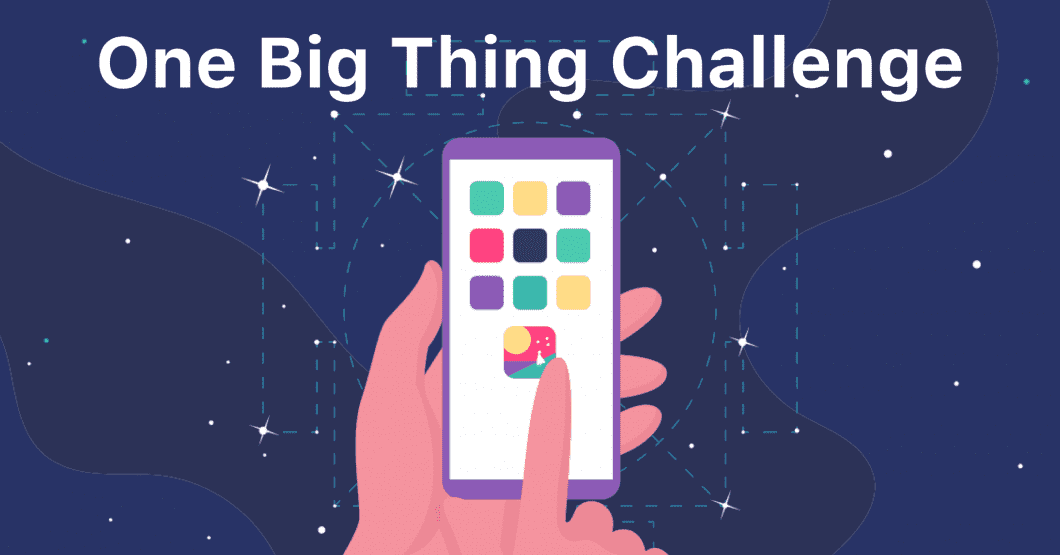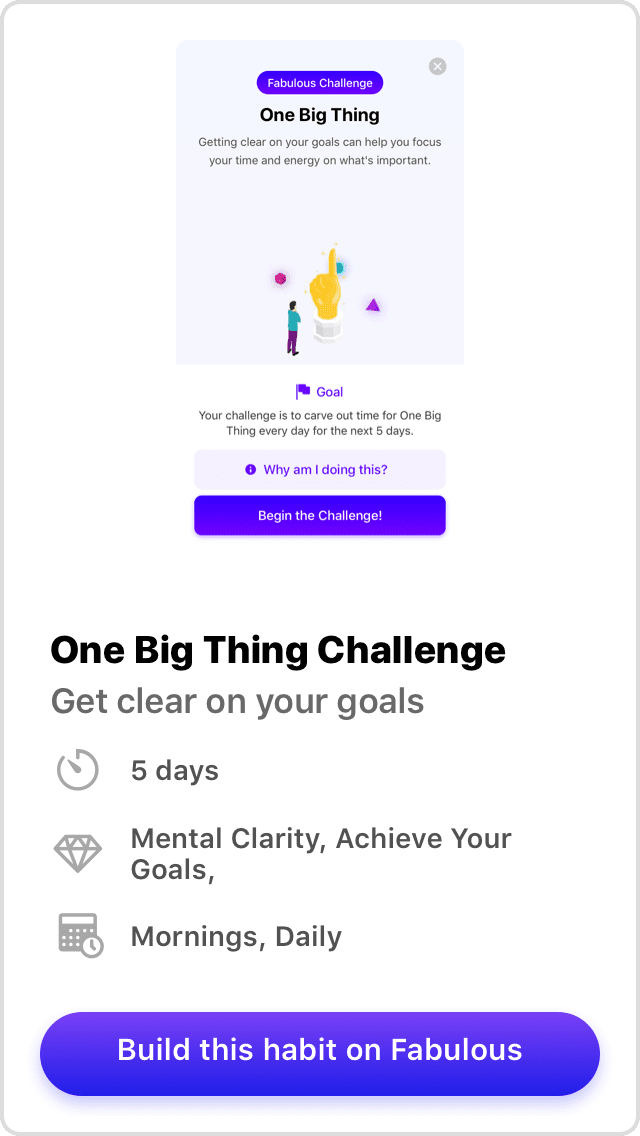No matter how you spend your days, you probably fall into the majority of people who, when asked, “How are you?” say, “Busy.” The busyness epidemic affects everyone–from the high-powered executive on a bustling city street to the homemaker in a secluded suburb.
It seems like expectations around how much we can get done in a day have never been higher. We are constantly connected by devices that seem glued to our hands. Being able to check an email on the way home or log on to do “one last thing” before dinner have prevented us from disconnecting. The immediacy of our work has turned us into productivity machines.
It’s natural, then, that we tend to micromanage our schedules in order to squeeze as much as we can from our time. There are countless “productivity” apps to choose from, ranging from color-coded to-do lists to calendar apps that allow you to schedule your day down to the last minute.
It seems reasonable to believe that more planning would be associated with higher levels of productivity, and this is sort true. By checking tasks off never-ending lists, we are getting more “stuff” done.

But what about our bigger, long-term goals? The projects that tug at you before you fall asleep? Even on your most “productive” days, how much dedicated effort do you spend on the work that matters most?
There are ways to get things done that involve fewer checkboxes; ways that involve less planning and more doing.
The question is, how do we structure our schedules so that we uphold our obligations and complete our tasks on time, while also taking meaningful steps towards the goals that are most important to us?
To-do or not to-do?
To-do lists may not be the best way to tackle our long-term goals, but they can still help us chip away at the routine stuff. When used well, lists can prevent a tornado of tasks from swirling around our heads and draining our attention by offering a way to get it all down.
Checking small things off your to-do lists can be rewarding, and can help you gather momentum to remain motivated throughout your day, but they can also make you less effective overall. Francesco Gino of Harvard Business School and Bradley Staats at UNC’s Kenan-Flagler Business School call this tendency to go for the easier tasks first our “completion bias.” Gino explains that we do this because “…human brains are wired to seek completion and the pleasure it brings.”
Your job, then, is to determine what tools and techniques truly help you get your work done and to eliminate anything that overcomplicates your days.

Changing the approach: One Big Thing
No matter how you handle your workload now, you might benefit from a shift in how you approach your daily responsibilities.
A corporate principle called “One Big Thing,” or the “1-3-5 Rule”, outlines how to re-organize your day around priorities rather than an endless, constantly changing list of tasks.
How you use this method depends on how you work, where you need support, and your preferences. Here’s the basic idea:
Shifting the Focus
Prioritization:
The first part of structuring your schedule around your priorities is boiling your tasks down to a handful of goals. Each day, you decide what your one “big” goal is, and that becomes your main focus for the day. Then, you fill in your day from there with three “medium” goals and, finally, a handful of “smaller” goals which is where the “1-3-5 Rule” takes it name from.
Making Time:
Each of these goals will be allocated the amount of time that reflects their relative precedence for that day. Your One Big Goal will require the most time, often several hours.
Your medium goals require a little less time, and your smallest goals can be doable in as little as five minutes.
Maximizing Effort:
Once you’ve set your priorities, consider when you feel most productive. Is it early in the morning, before anyone else is up? Or maybe you’re a night owl.
Whatever your style, put the tasks related to your most important goal within those hours of peak productivity, and minimize the distractions during that time.
Stay Charged:
Carving out time for deep, focused work takes tons of energy. The One Big Thing principle might leave you with fewer tasks on the docket than a typical to-do list, but it certainly does not require less effort.
Attention is a limited resource, and humans are not designed for constant exertion. If you are going to block off chunks of your day to focus hard, be sure to break up work time with downtime.
Bringing it all together
No matter how you bring the One Big Thing principle into your routine, be sure to check in with how your schedule helps you accomplish your goals. Does your plan allow you to spend more quality time doing what matters to you? Do more of whatever makes that happen.




